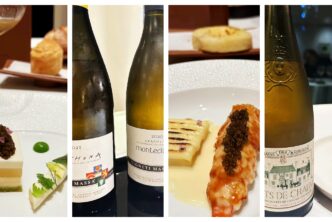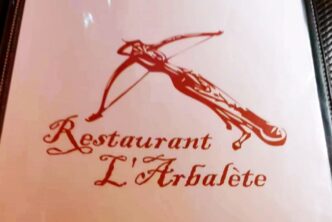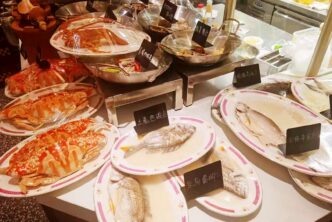Trattoria Dai Bercau
Via Beato Valfrè, 13
12060 Verduno CN, Italia
Tel: +39 0172 470243
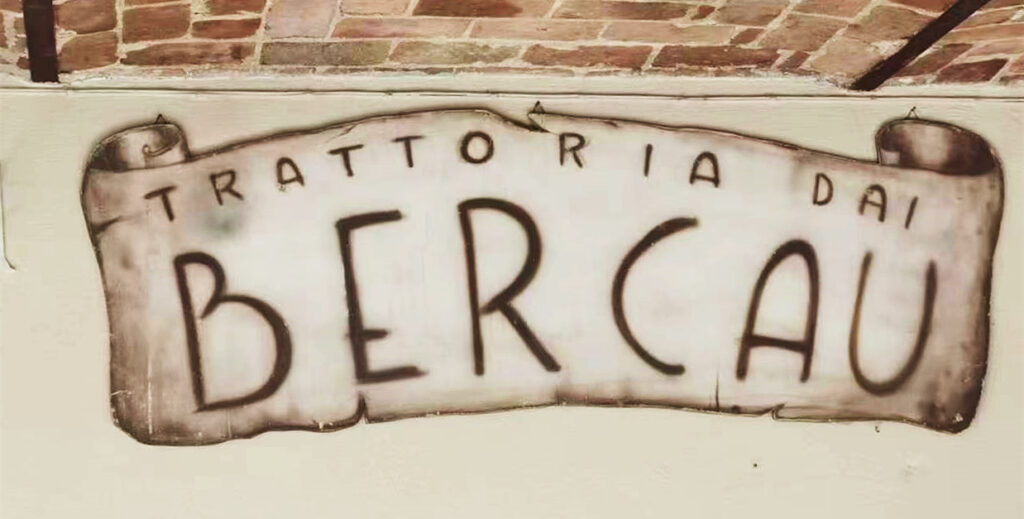
The dishes
Caudacotto tonnato (Cooked ham with tuna sauce); Giardiniera (mixed vegetables in tomato sauce); Capunet (pumpkin flower stuffed with meat and vegetables)
Tajarin al ragù
Ravioli al sugo d’arrosto (ravioli with roasted beef sauce)
Bunet (homemade chocolate pudding with almonds and caramel), Semifreeddo al torrone (nougat parfait with chocolate sauce), panna cotta.

The wines
Arnaldo Rivera 2022 Freisa Langhe 93
GB Burlotto 2021 Freisa Langhe 93
Fratelli Alessandria 2019 Barolo San Lorenzo di Verduno 97
Gianni and Alina’s goal with their relaxed, comfortable dining spot in the heart of Verduno is to provide diners with the opportunity to taste, once again, the typical dishes made historically by the grandmothers of Langhe families. I write “once again” because dishes such as tripe and capunet have pretty well gone the way of the dodo in most eateries in and around Barolo and the other communes of the denomination, where it seems recently there has been a gold rush to more exclusive ingredients and complex preparations. With the end result being, more often than not, hardly satisfying.
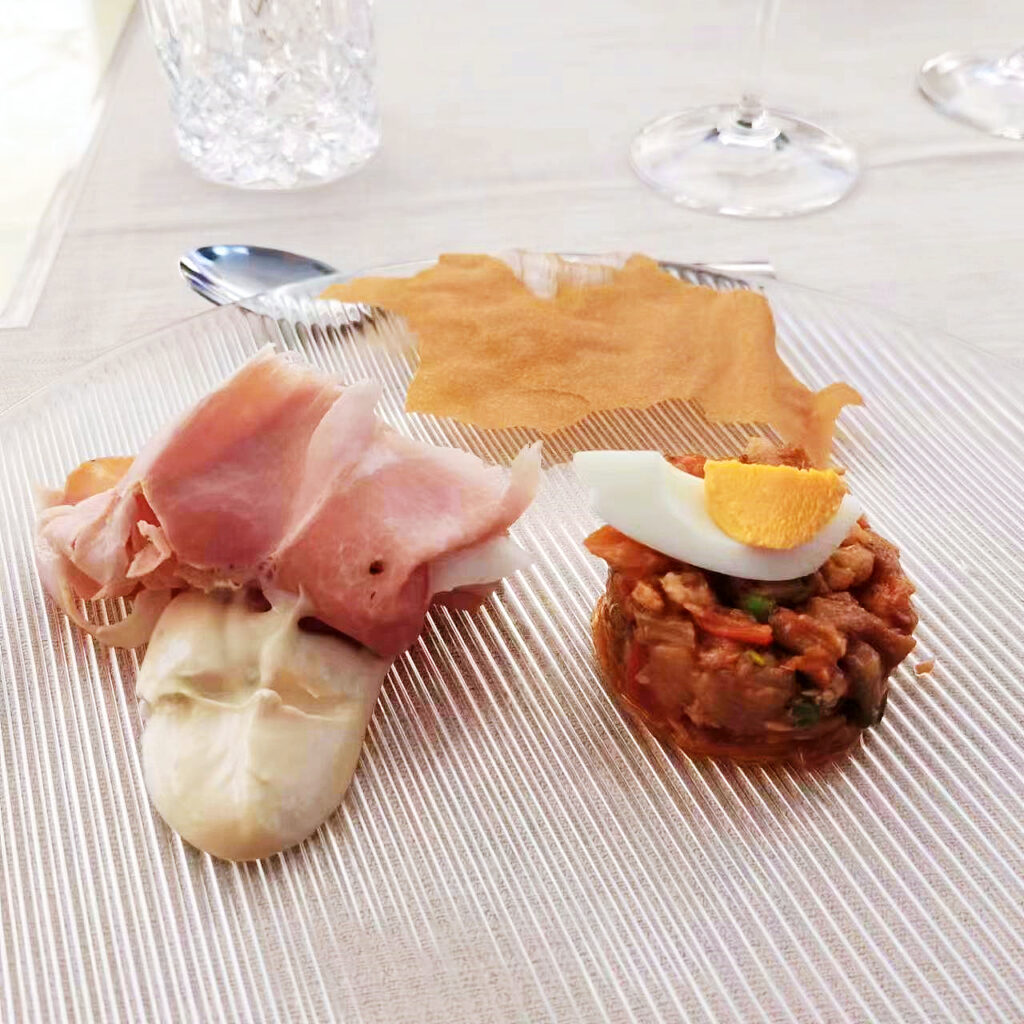
Not so at Dai Bercau, where the dishes are as far removed from flights of fancy as you can imagine: and if the food isn’t enough to move you, then the easygoing rooms on two separate floors, and even better, the pretty outside dining area will do the trick. Of the antipasti, the giardiniera (a slightly sweet and sour vegetable mic) is excellent, as are the capunet, a hard to find dish nowadays in restaurants that harkens back to a medieval recipe in which cabage elaves were stuffed with what was left over from other preparations so as to not throw anything away. The stuffing could be of simply onions and potatoes and very little meat, perhaps even some bread gone stale softened in milk, while slightly more gluttonous (and richer) versions included chicken and or rabbit, even mortadella. No matter, each one is delicious, as is the one made at Dai Bercau. The best dishes however at the restaurant are the pastas: the tajarin are exceptionally good, as is the ragù, and that’s saying something given how many good tajarin dishes there are to be had in the Langhe (though truth dictates I state that many much acclaimed tajarin dishes in the area are actually not so special at all). Possibly even better are the ravioli, where both the pasta thickness and the filling are truly noteworthy, light and nicely delineated; even better is the sauce, which is not so strong as to overpower the delicacy of the ravioli (it all too happens in the restaurants of the Langhe that the strong smell and taste of long cooked beef, bordering on the being burned, detracts from the pasta, which is a huge mistake: pasta dishes are NOT just about the sauce, but rather are a marvellous equilibrium between all their component parts). As good as everything here is is, the desserts are just good and like most of those you’ll find elsewhere, so frankly, that’s not the part of the menu to get excited about at Dai Bercau.
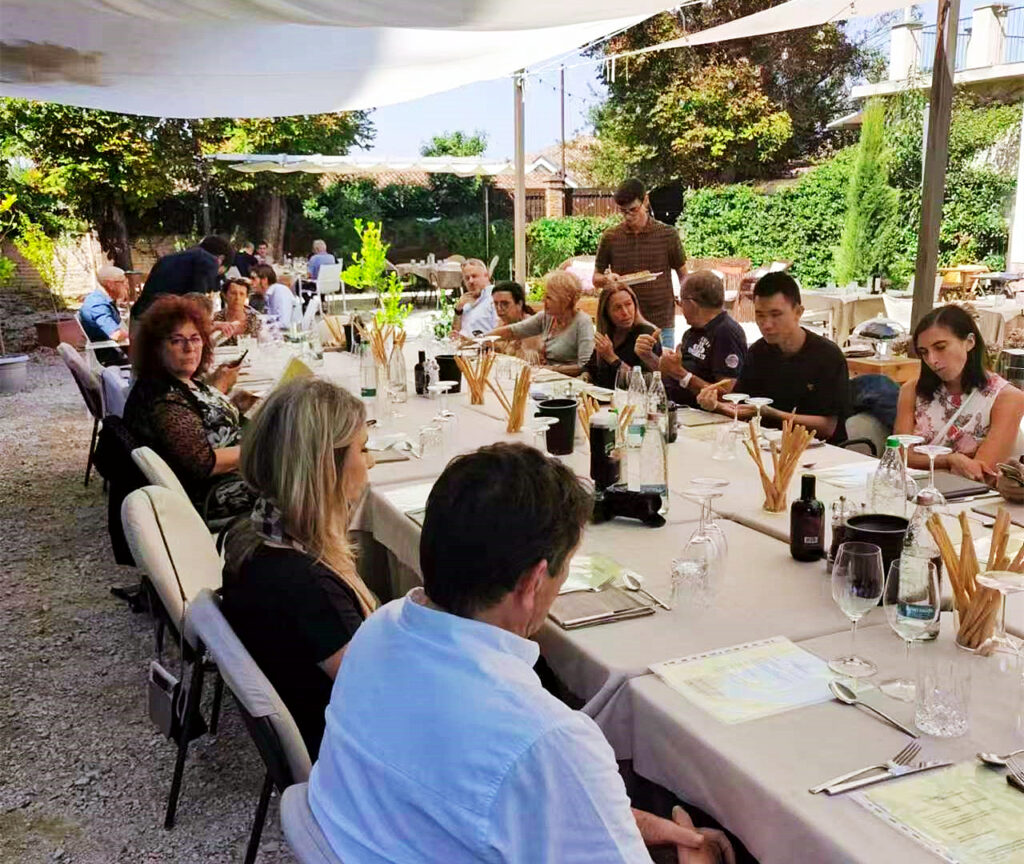
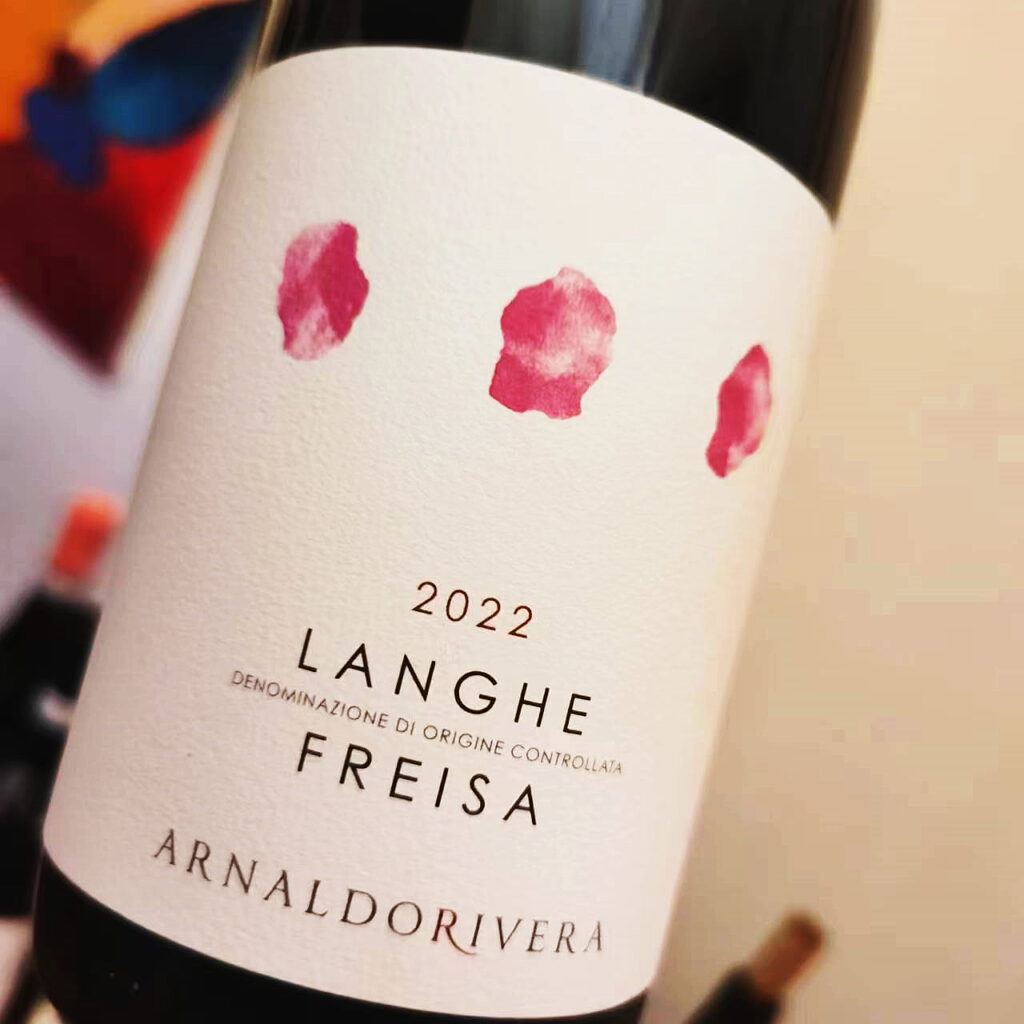
The wines, by contrast, were nothing short of spectacular. The Arnaldo Rivera 2022 Freisa Langhe is marvellous, very easy to drink despite its underlying tannic structure, but the red fruit and floral aromas and flavours are delicate and light on their feet. A very elegant wine that will prove remarkably food-friendly, don’t miss this. It’s also a wine that showcases the great work that is currently being done with the Arnaldo Rivera wines (the high-end portfolio of wines of a coop). Slightly bigger and darker is the GB Burlotto 2021 Freisa Langhe, a wine that has long been the benchmark for Langhe Freisa wines. The 2022 version is not shy on clout and power, but also offers Freisa’s magical perfume (which is not at all unlike that of Barolo, which cannot surprise given that Freisa and Nebbiolo are each other’s closest relative), only in a darker shade than usual, with more blue than red fruit than I’m used to. The wine of the night though had to be the marvellous Fratelli Alessandria 2019 Barolo San Lorenzo di Verduno, quite simply one of the best, if not the best, young Barolo I have ever had from this winery at a similar stage of development. While everybody kneejerks and conveniently always scores the Monvigliero Barolo higher (you can’t blame the poor saps, after all Monvigliero is the much more famous vineyard) but the fact is that in 2019 at Fratelli Alessandria at least the San Lorenzo di Verduno is the best Barolo of the winery: marvellously well-balanced and pure, it boasts silky red and spicy fruit aromas and flavours that linger impressively on the memorably suave finish. Fantastic stuff, and a wine that will easily prove to be one of the best Barolos of what is unfortunately looking to be a very good, even excellent but somewhat overrated vintage for Barolo (many of the 2019 wines have just too much unbalanced alcohol-derived warmth).
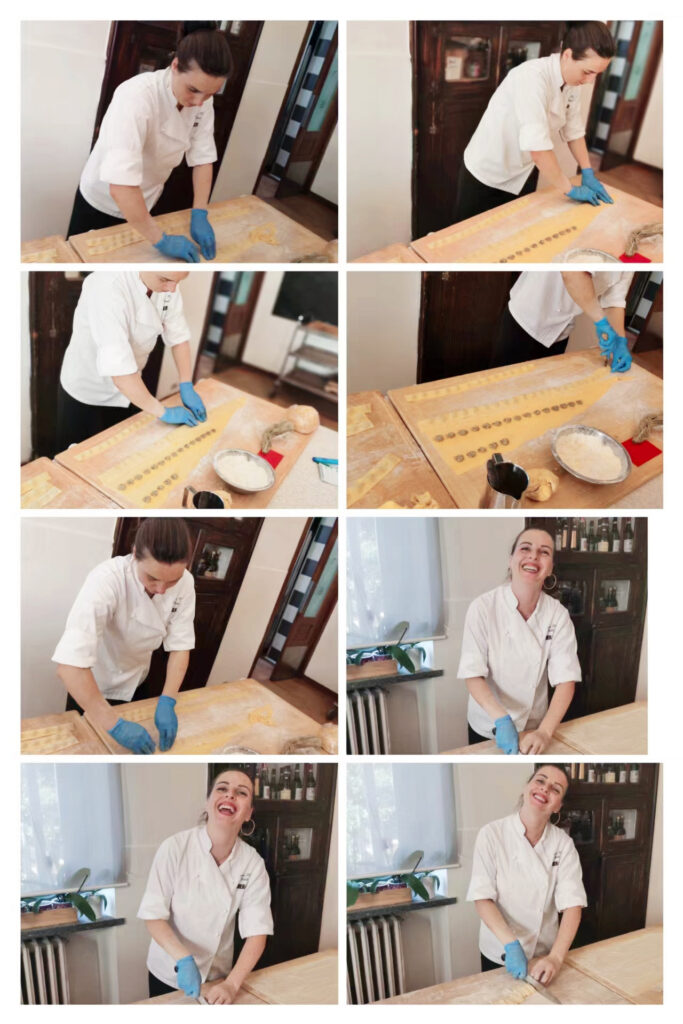

 中文
中文
